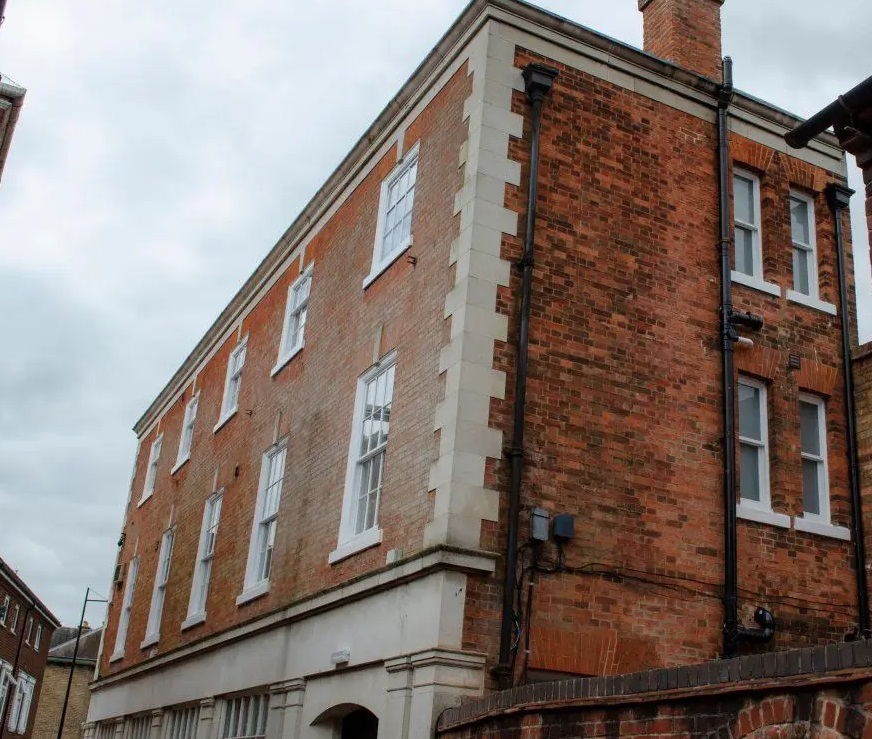Sash Windows are a quintessential English design, often found in Georgian and Victorian houses. However, due to their elegant design, they are still being used in modern houses to this day and the desire for sash window restoration and updated sash windows is still very prominent.
It is hard to credit one person with inventing sash windows as a more likely explanation for how they came about would be that they were developed from earlier versions of horizontal sliding windows. Some of the earliest examples of sash windows can be seen in sixteenth-century Holland and France. However, the design soon moved to the UK where it is believed English inventor Robert Hooke furthered their design to give us the traditional box sash window. Their popularity over here was becoming very apparent by the mid to late seventeenth century.
When sash windows were first made popular in Georgian England, the common design was comprised of six to eight small panes of crown glass, held together with thin glazing bars which were intricately designed. They were cleverly designed like this because obtaining large pieces of good quality glass for large sash windows was very difficult and expensive. This design, therefore, allowed people to have larger windows which only required small pieces of glass.
Sash windows also became very popular particularly in London and other built-up areas post 1666, due to the great fire of London. Building regulations following this event stated that in these areas, windows must be set back four inches to prevent the spread of fire which was easy to achieve with the design of sash windows.
The development of glass in the Victorian era brought with its evolution to the style and design of sash windows. The invention of cylinder plate glass in the early eighteenth century meant that larger panes of glass could be manufactured, and multiple small panels were replaced with large pieces held together with slimmer glazing bars, or a single pane removing the need for glazing bars entirely.
From the Edwardian period and later, it is evident they began to combine features from earlier sash widows. They adopted the style of Georgian sash windows but upgraded the glass and technology of the windows by adding a horn to the upper sash to add extra support under the weight of the new, heavier glass.
Unfortunately, we can see a halt in development of sash windows around the early-mid 20th Century, due to the World Wars. These wars meant that there was a significant loss to capable tradesmen who could update the changing designs of these widows. However, sash widows have survived being phased out through history due to their classic design and the ability to repair any damages that may occur over time, providing a cheaper alternative to replacing an entire window. Following the wars and the recovery of the country, the development and modernisation of sash windows once again continued. Nowadays, double glazed sash windows provide the most recent development as they allow for a more economic running of the home.









